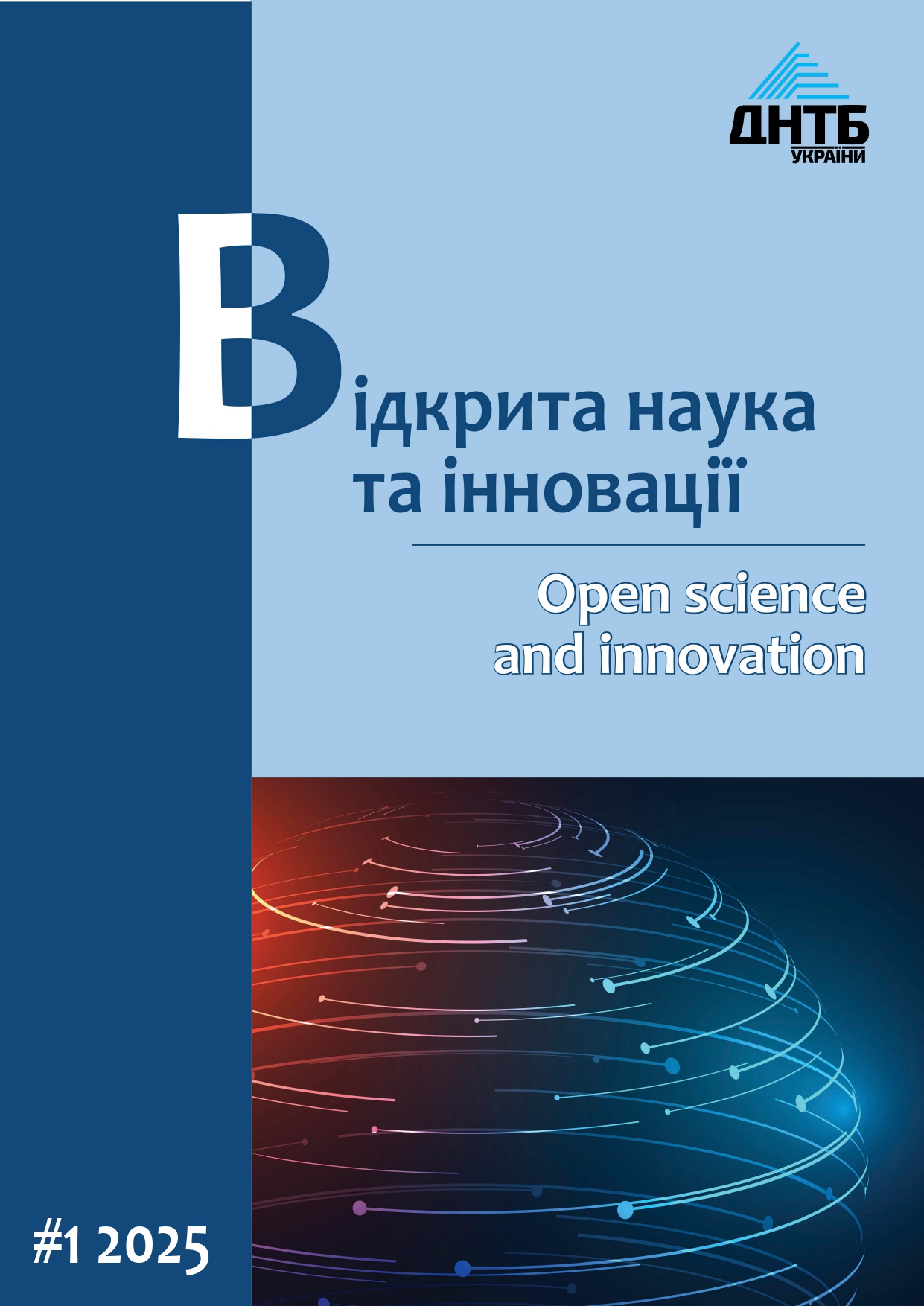USING ARTIFICIAL INTELLIGENCE IN CREATING A LIBRARY REPORT
DOI:
https://doi.org/10.62405/osi.2025.01.04Abstract
The article considers library document accounting as modern work of the acquisition department. A large number of indicators related to various types of library activities should be constantly reviewed and changed in accordance with the development of libraries. The gradual transition from paper format to electronic was carried out under the pressure of technological development of information technologies and the development of computer technology. The level of acquisition of modern libraries with electronic documents reached almost ten percent, taking into account the process of independent digitization of documents. The increase in the number of records in the database reached the millionth level. These factors have had a powerful impact on the complexity of creating a library report, requiring automation of this process. A person in the position of scientific secretary, who is responsible for the report, and acquisition personnel cannot perform some tasks using only a calculator and Microsoft Excel. In this situation, it is necessary to gradually transition to electronic accounting using databases, as a necessary condition for reaching a new level of existence of the library in electronic format - an electronic library. Special attention is paid to the definition of artificial intelligence: several definitions given by prominent computer scientists in their works and encyclopedias are analyzed. According to these definitions, artificial intelligence is considered as an imitation of human activity with the achievement of a result. In the field of library technology, artificial intelligence means a constant connection between a person and software. Artificial intelligence itself does not make sense, that is, a person controls and is responsible for the result. Artificial intelligence should free a person from monotonous work, giving time for his own development: scientific and sports activities.
References
Hlushkov, V. M. (red.). (1973). Entsyklopediia kibernetyky: v 2 t. T. 2: M-Ya (575 s.). Kyiv: Holov. red. URE.
Busel, V. T. (uklad., holov. red.). (2004). Velykyi tlumachnyi slovnyk suchasnoi ukrainskoi movy: 170 000 sl. (ISBN 966-569-013-2). Kyiv; Irpin: Perun.
Hlushkov, V. M., Stohnyi, A. A., & Afanasev, V. N. (1973). Avtomatyzyrovannye ynformatsyonnye systemy (64 s.). Moskva: Znanye.
Kovtaniuk, Yu. S., & Kuznietsov, O. Yu. (2024). Vykorystannia shtuchnoho intelektu v diialnosti arkhiviv, bibliotek i muzeiv [Tezy Mizhnarodnoi naukovoi konferentsii «Biblioteka. Nauka. Komunikatsiia. Intehratsiia u mizhnarodnyi bibliotechnyi prostir»]. Kyiv, 8–10 zhovtnia 2024.
Kuznietsov, O. Yu. (2020). Avtomatyzatsiia stvorennia bibliohrafichnoho opysu avtoreferativ. Visnyk Knyzhkovoi palaty, 2, 33–37.
Kuznietsov, O. Yu. (2020). Avtomatyzatsiia protsesu stvorennia bibliohrafichnykh opysiv dokumentiv z fiksovanym roztashuvanniam bibliohrafichnykh danykh dlia katalohizatsii. Bibliotechnyi forum Ukrainy, 3, 15–17.
NMTs PTO. (2020). Vedennia obliku knyzhkovoho fondu. Dostupno za posylanniam: https://nmcpto.sumy.ua/wp-content/uploads/2020/03/vedennia-obliku-knyzhkovoho-fondu.pdf
Downloads
Published
Versions
- 2025-04-22 (5)
- 2025-04-21 (4)
- 2025-04-21 (3)
- 2025-04-17 (2)
- 2025-04-17 (1)


